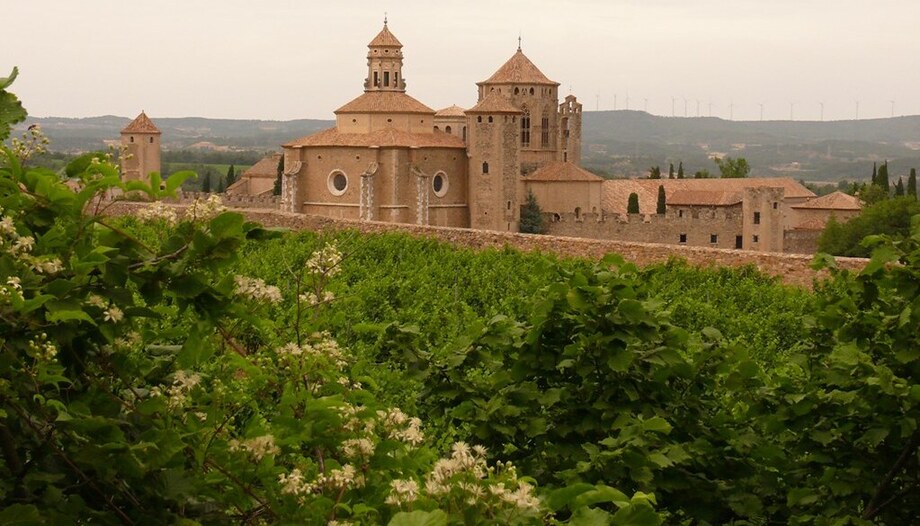 Theology supports the ecological conversion proposed by the Church
Theology supports the ecological conversion proposed by the Church Pope convenes Laudato si' Platform for Action to last 7 years
Pope convenes Laudato si' Platform for Action to last 7 yearsSeptember 1 begins the "Time of Creation"The "Time of Creation" concludes on October 4, the feast of St. Francis of Assisi, a period destined to reflect on the care for all that God has created and which this year will have the motto "Let justice and peace flow", inspired by Amos 5:24. In his message for this day, the Pope commented that "God wants justice to reign, which is essential for our life as children in the image of God, as water is for our physical survival.
This justice must emerge where it is needed, not hide itself too deeply or disappear like evaporating water before it can sustain us. God wants everyone to seek to be just in every situation; to strive always to live according to his laws and thus to make it possible for life to flourish in fullness. When we seek first and foremost the kingdom of God (cf. Mt. 6:33), maintaining a just relationship with God, humanity and nature, then justice and peace can flow, like an inexhaustible stream of pure water, nourishing humanity and all creatures."
The Pontiff urged us to renew "our relationship with creation," "so that we no longer consider it as an object to be exploited, but, on the contrary, guard it as a sacred gift of the Creator."
In commemoration of this day, we will take a look at some monasteries that, for centuries, have been respecting this care and respect for Creation.
Poblet Monastery, Spain
The monastery of Poblet was founded in the mid-twelfth century. Although it was abandoned in the 19th century due to the disentailment, it is now active again. Its prior, Lluc Torcal, began a series of reforms a few years ago to integrate new sustainable technologies in the monastery. Thus, a system of solar panels was implemented, a geothermal system for heating (it was one of the first places in Spain where geothermal energy has been implemented), and ionized showers that produce the "waterfall effect": they clean without the need for soap.
Of course, the cultivation of the garden is also carried out without pesticides or chemical fertilizers, and applying crop rotation so as not to impoverish the soil. They also use ecological cleaning products and are committed to the "blue economy": what is discarded is reused.
Fulda Abbey, Germany
Fulda Abbey is located in the federal state of Hesse, located in central-western Germany.
It is a Benedictine monastery founded in 744 by St. St. Sturmius, a disciple of St. Boniface. It was a very important religious and cultural center during the Middle Ages, and a key point of evangelization for the Germanic people.
His century-old method for growing crops without using chemicals and working only with natural methods is described in the book "The Natural Way of Growing".The organic garden of the convent", from the Susaeta publishing house.
Boulaur Abbey, France
This Cistercian abbey, located near Toulouse, has also opted for a sustainable model. In this case, the Boulaur Abbey has launched the project Grange 21which seeks to implement permaculture methods in the monastery. This system mimics natural ecosystems so that the growing areas sustain themselves without the need for chemicals.
The nuns of the abbey managed to get the project off the ground through Credofunding, a Christian funding platform in France.
His project is not only focused on the cultivation of the land, but also on the sustainable use of the resources of the animals on his farm (cows, calves, pigs...).
Solan Monastery, France
The World Day of Prayer for the Care of Creation is ecumenical, as it is celebrated together with Orthodox Christians. The Orthodox monastery of Solanlocated in France, in the Gard region, is another example of organic farming.
The nuns of this convent also implemented a sustainable method of working the land on a plot of land they acquired in 1991. "We rely on the conviction that man has not been placed by God in the world to dominate it, in search of unlimited profit, but that his function is to be like the choir director of a creation made to sing the glory of its Creator," they indicate on their website. For this project, they counted on the advice of Pierre Rabhi, one of the promoters of agroecology, and with the help of the Association des Amis de Solan.
Other monasteries
The Monastery of San Juan de los Reyes, located in Toledo (Spain), which was founded in 1476 by the Catholic Monarchs, also undertook a renovation of its cloister lighting system in July 2023 to reduce energy consumption and CO2 emissions into the atmosphere.
On the other hand, the Poor Clare monastery in Lecce, located in southeastern Italy, uses photovoltaic energy, firewood and has no gas installation.
In addition, the Dominican convent in Avila, Spain, is home to the "Santo Domingo de Guzmán organic garden," a Caritas project in which participants learn to grow crops sustainably and without chemicals.
Back to the origins
The monasteries had worked the land in this way for centuries, but in some cases, industrialization led to a change of model and the use of toxic products.
However, in recent years there has been a general tendency to return to the traditional model used in monasteries, while incorporating new sustainable technologies.











